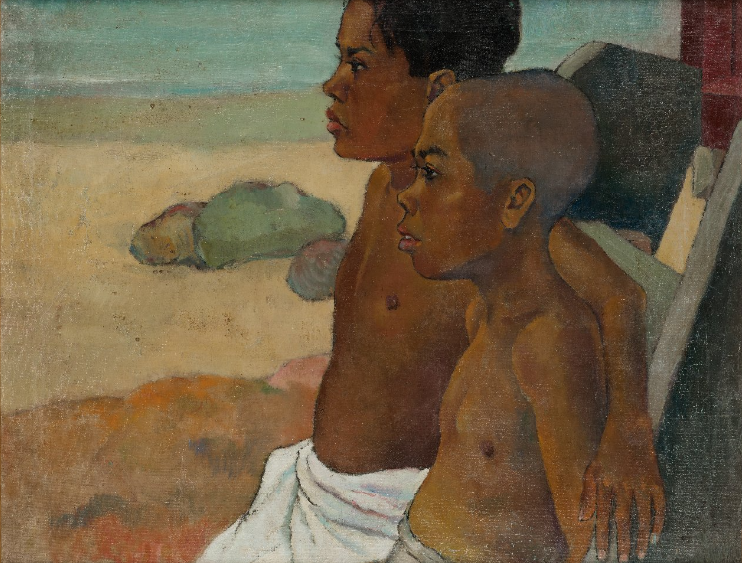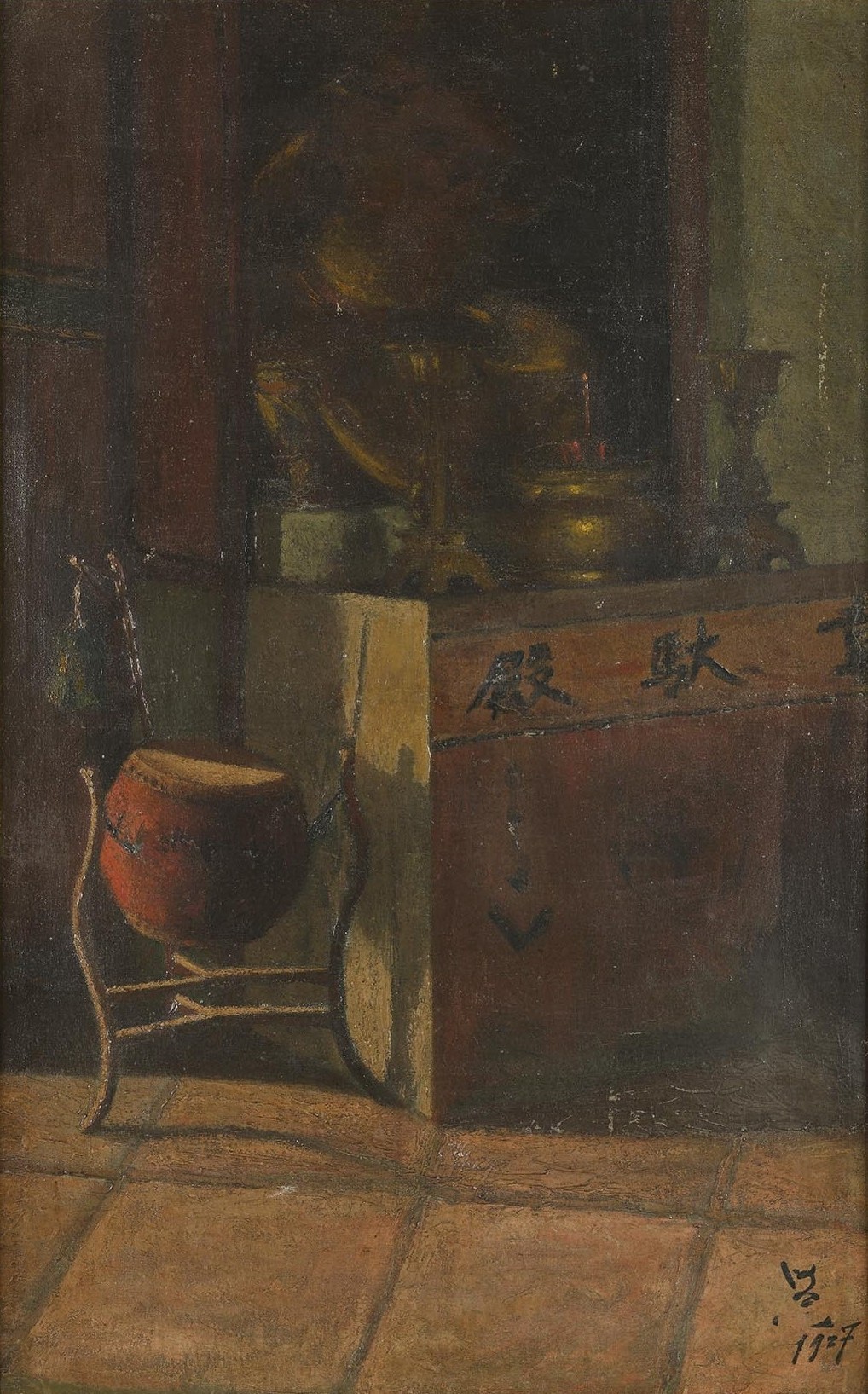Singapore Stores: Pathways and Detours in Art
Early expressions of community and identity
Singapore Stories opens with images of the city under British colonial rule in Malaya. Against this backdrop, artistic communities emerged in the 1930s to 1950s, creating spaces where artists could exchange ideas and grapple with the role of art in Singapore. As artists explored themes of belonging and identity amid social change, art became a way to express both personal and collective identities, anchored in the everyday lives of those who called Singapore home.
This space features a spotlight on early moving images. Visitors are invited to pause and settle into refurbished cinema seats and immerse themselves the world of Singapore’s early film industry.
Featured artworks in the gallery
New artistic forms and languages
Following independence in 1965, Singapore rapidly industrialised and urbanised fuelling the growth of fine-art education and commercial design. New artistic forms flourished as artists sought fresh ways of making and thinking about art. The search for the “new” extended beyond painting into a wide range of mediums including ink, sculpture, ceramics, printmaking and photography.
At the same time, figuration—central to art education—remained a point artists continued to return to. Artists revisited and reimagined the human figure as a way of questioning identity.
Through artist-focused clusters and individual creations, the section explores the adventurous spirit that underpinned the artists’ practices, as they moved between abstraction and figuration, and the intersections of art with disciplines like literature, illustration and graphic design.
Featured artworks in this gallery
Challenging artistic conventions
From the 1980s to the 2000s, Singapore’s cultural scene grew increasingly dynamic, as artists organised their own spaces and events beyond official institutions. The Singapore Festival of Arts in 1982 offered a glimpse of what was possible. Amid socio-economic changes, artists formed loose collectives and established semi-permanent art spaces across the country.
Art surfaced in unexpected places, from rural outskirts and shopping malls to disused electric substations and historical shophouses.
These artist-led platforms sparked discussions on alternative art, performances, installations and interdisciplinary collaborations across theatre and the visual arts.
Featured artworks in this gallery
Dalam Singapore
Explore Tchang Ju Chi’s cartoons through the sense of touch at the education station! Gently glide your fingers over the tactile boards inspired by his cartoons to feel the bold lines and interesting textures. Let your imagination wander as you uncover the stories behind these cartoons.
Featured artworks
Let’s Chat Further (2025) and Retired Singirl (2025–)
At the centre of City Hall Wing, Level 2 is a space featuring newly commissioned artworks by award-winning Singaporean artist Amanda Heng. In Heng’s Let’s Chat Further (2025) and Retired Singirl (2025–), visitors can drop in and engage in a series of conversations that interrogate Singapore’s art history, identity and how people, rather than national policy, form collective identities.
The commissions expand on Heng’s canonical durational performance and participatory artwork, Let’s Chat (1996), now part of Singapore’s National Collection. Working with Artificial Intelligence technologists and designers, the artist continues her career-long interrogation of media and technology’s influence on our identities—how we represent ourselves and relate to one another. Designed reflexively, visitors to Singapore Stories can use this space for rest and conversation as well as critical reflection.


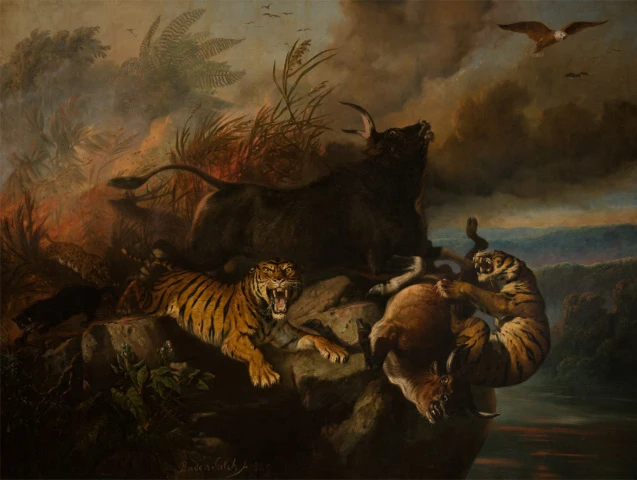
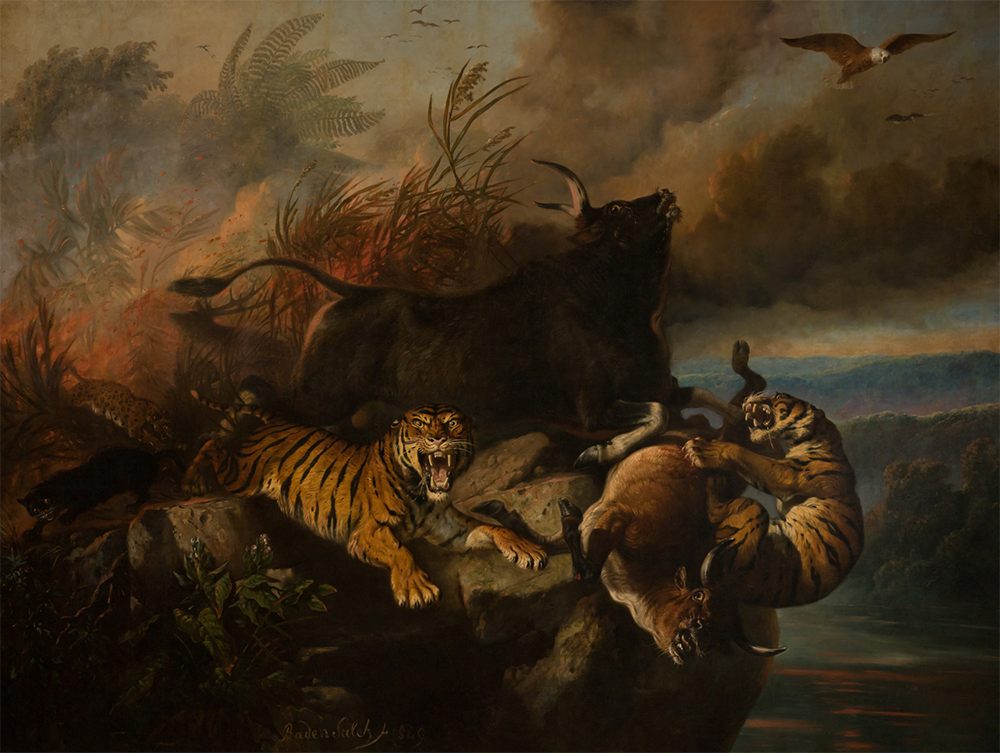
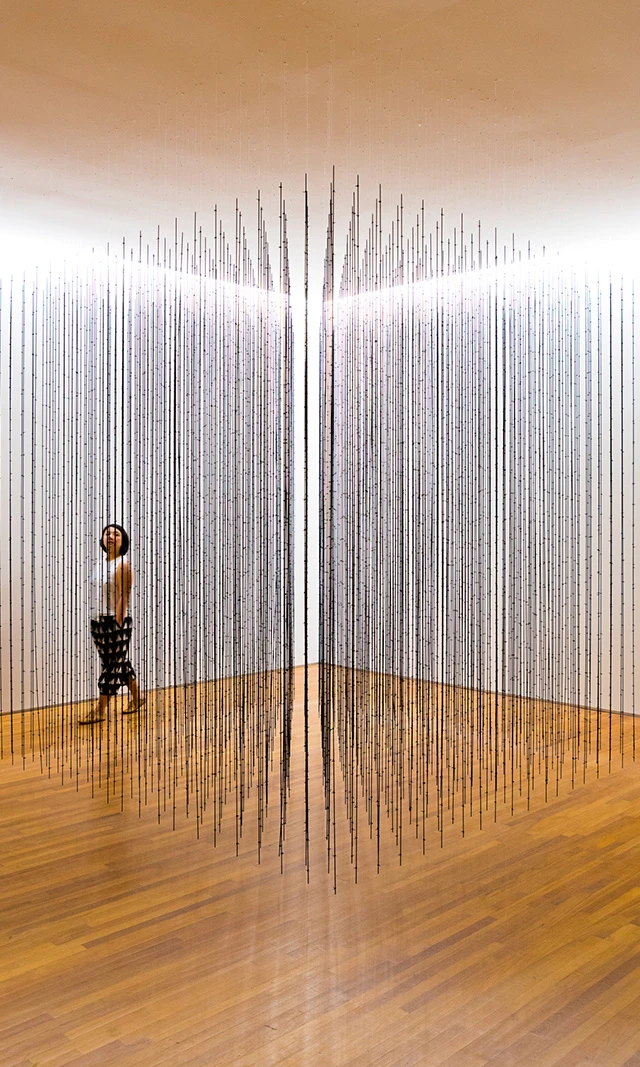
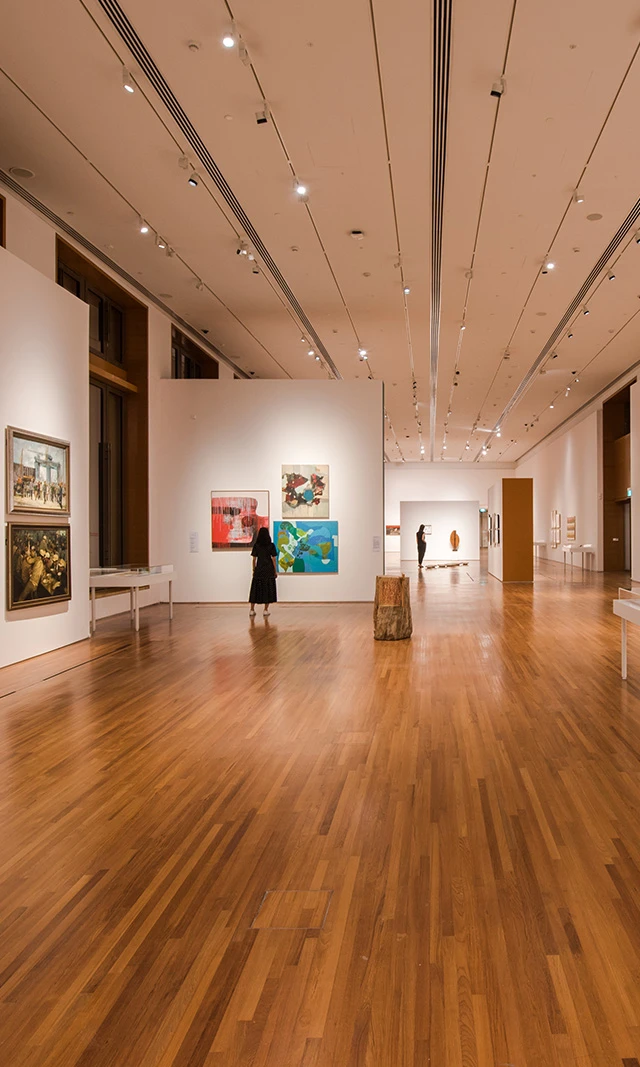
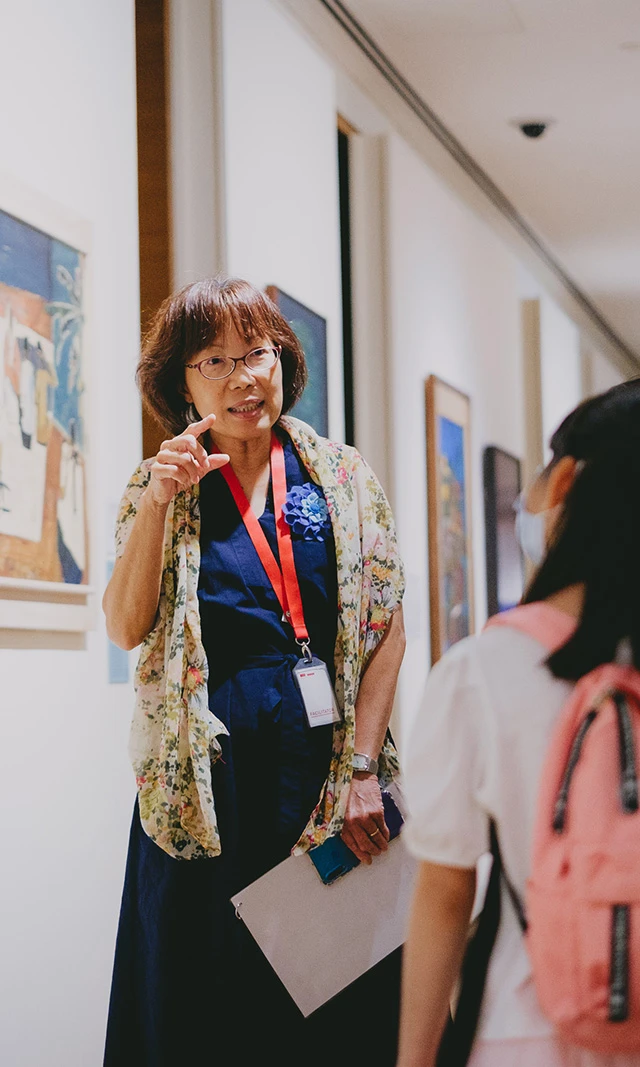
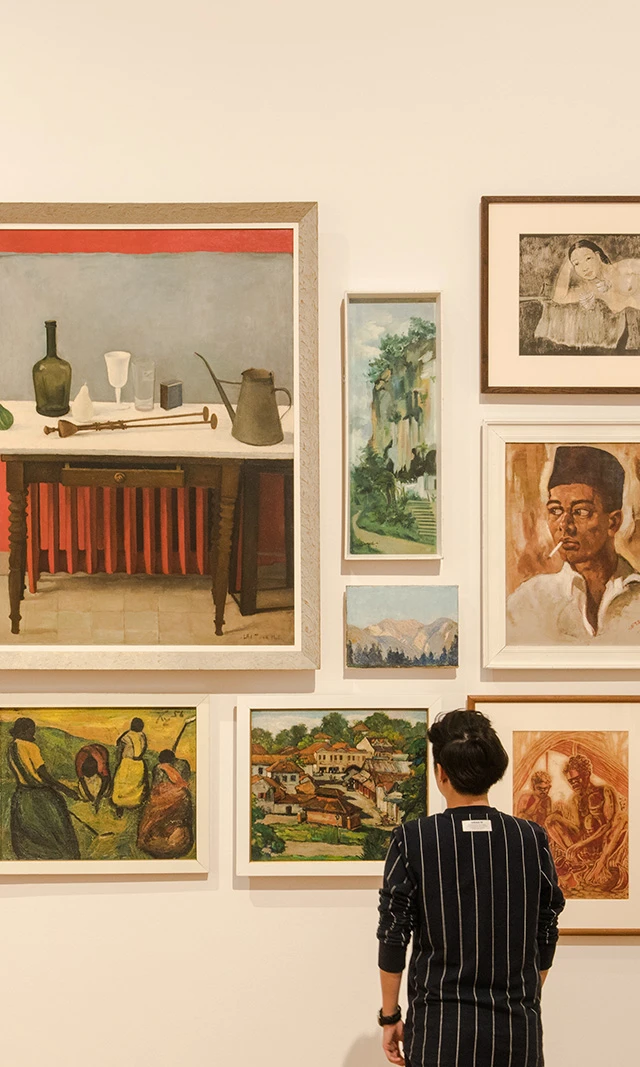


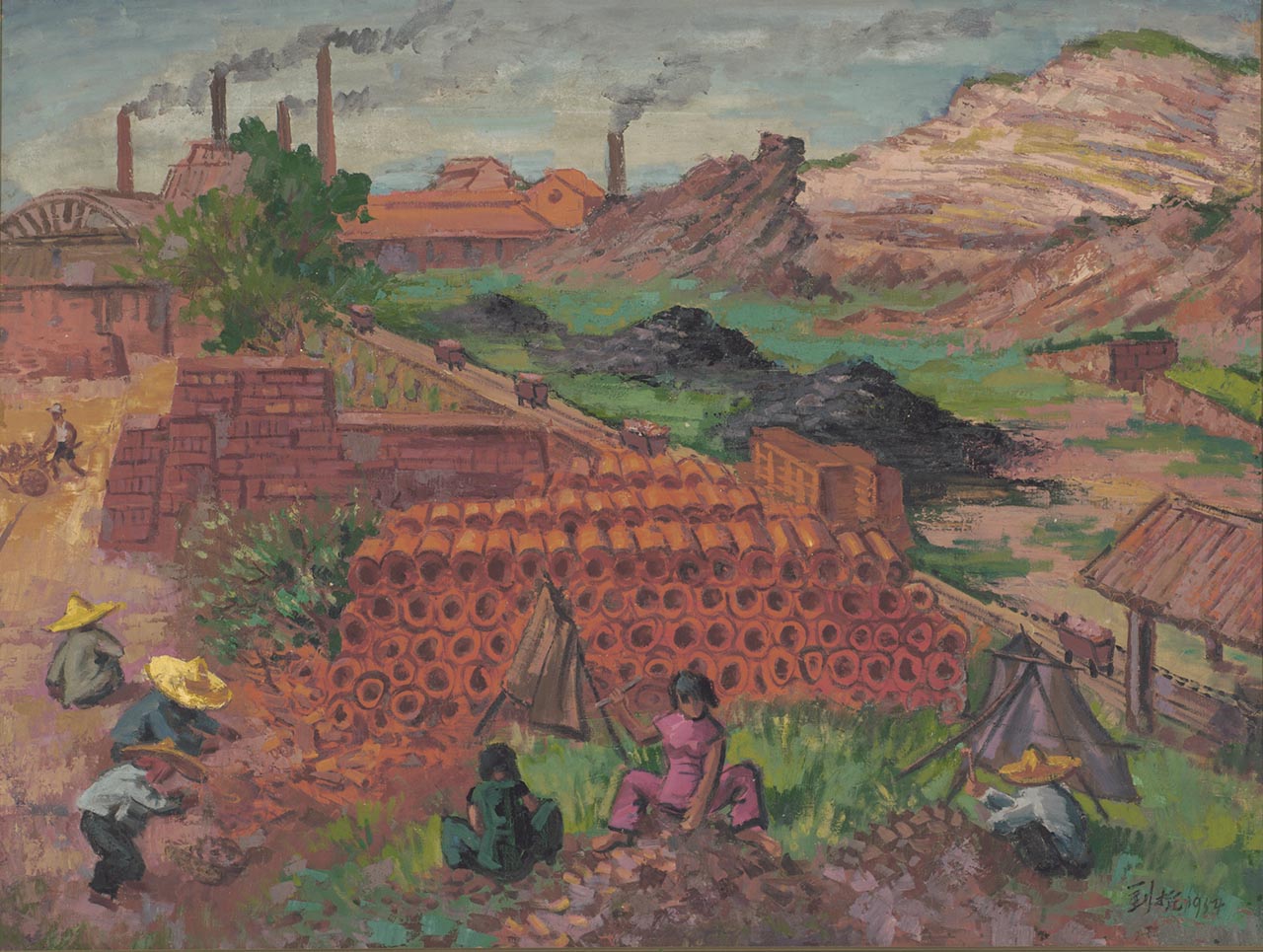
.jpg)
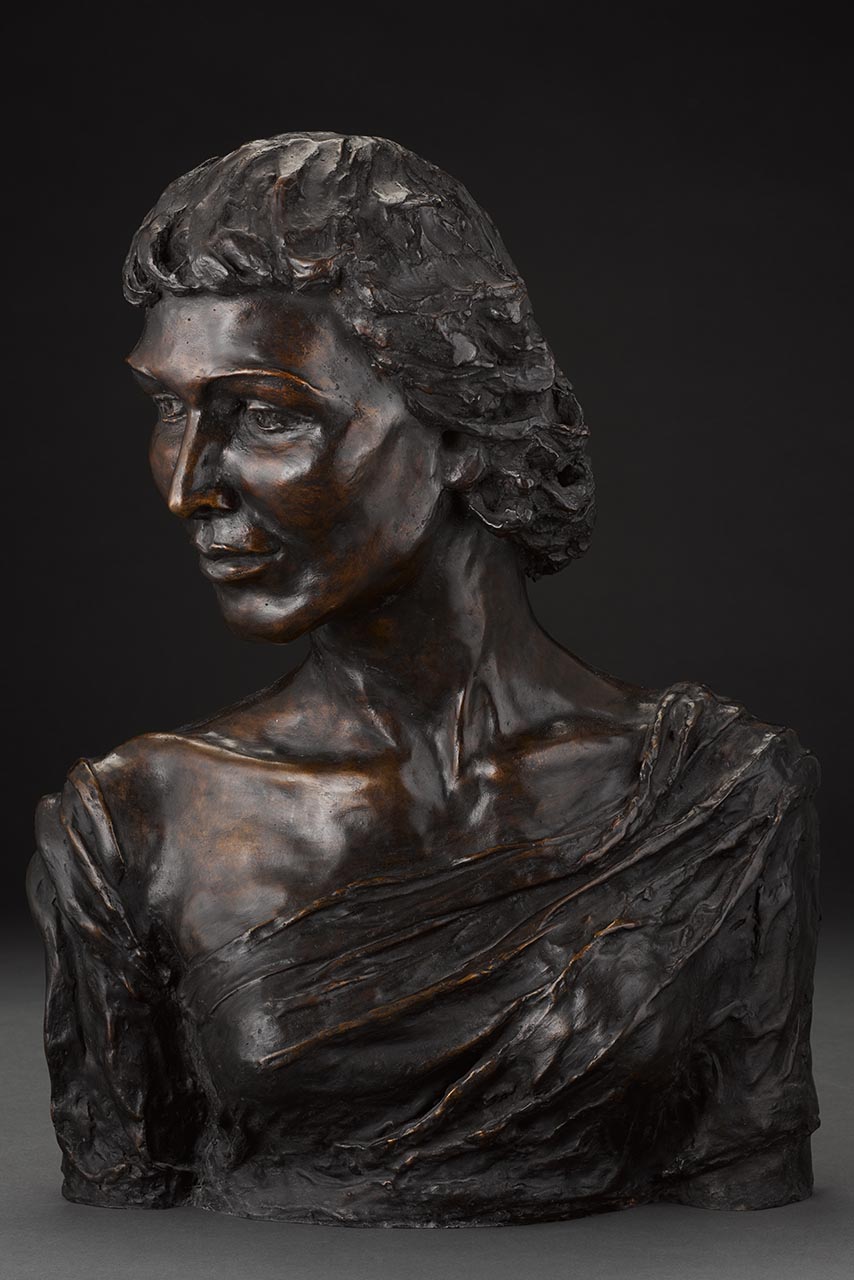
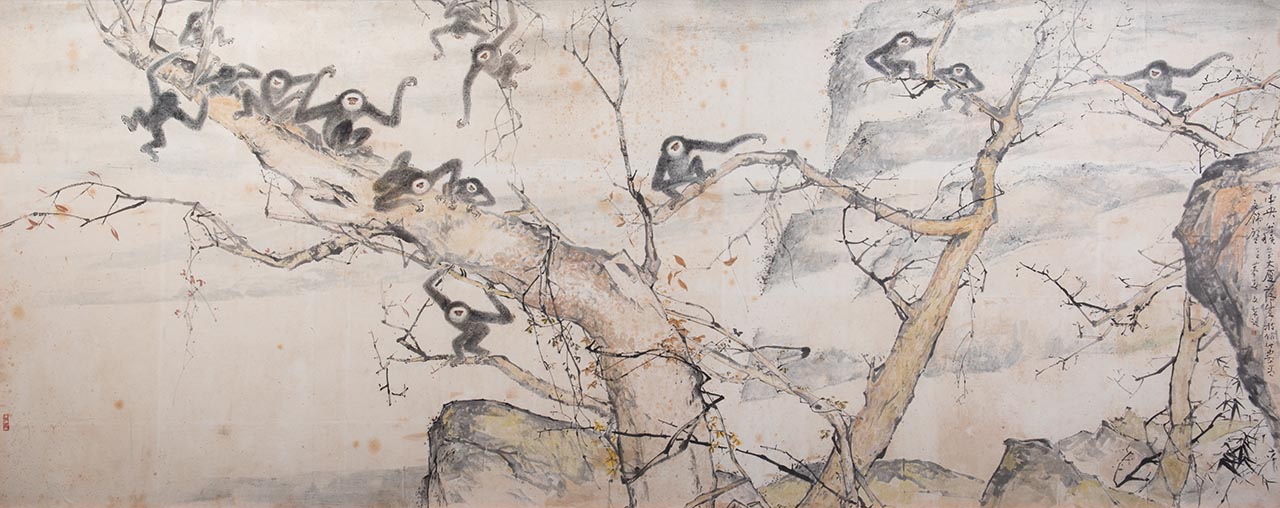
![<i>[Title unknown]</i>](/content/dam/whats-on/exhibitions/singapore-stories-pathways-and-detours-in-art/2022-00360.jpg)
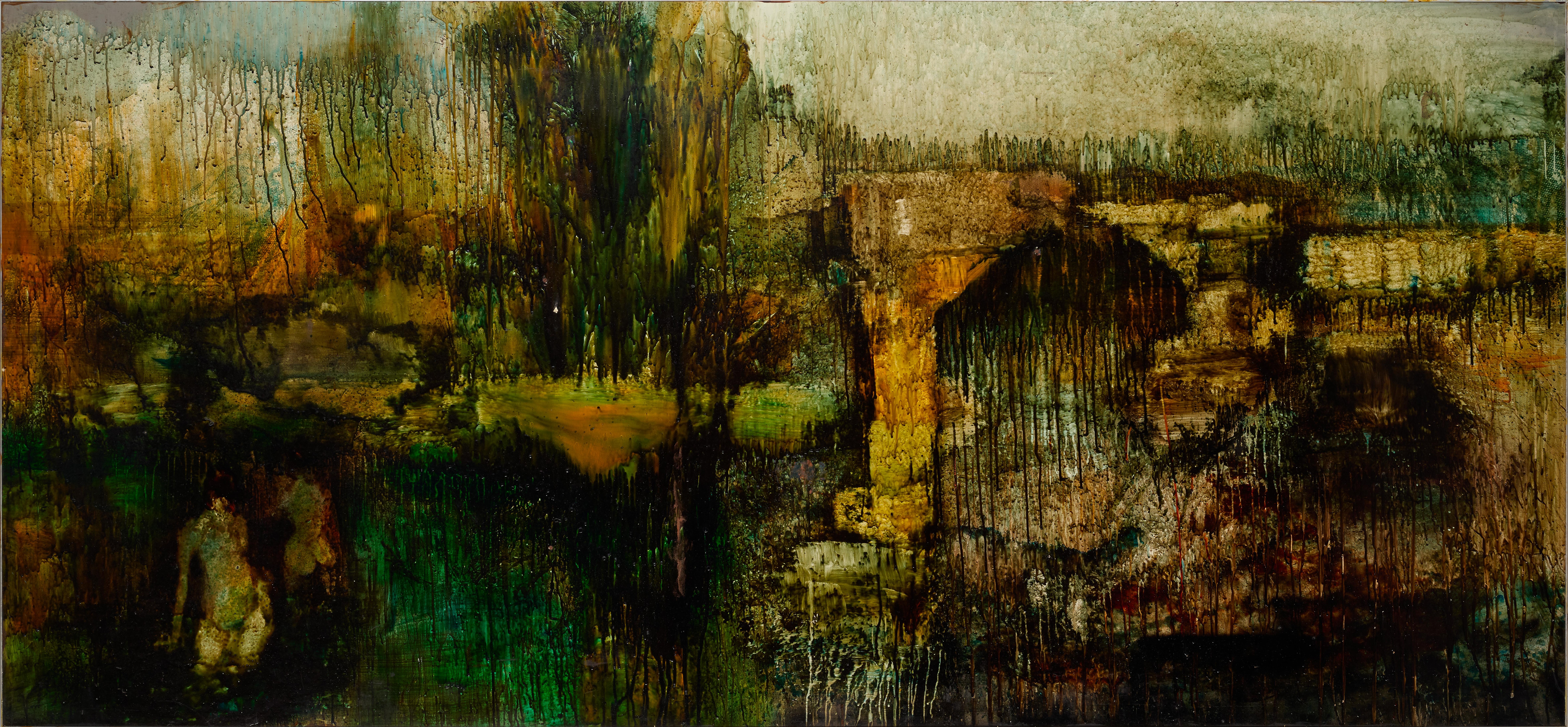
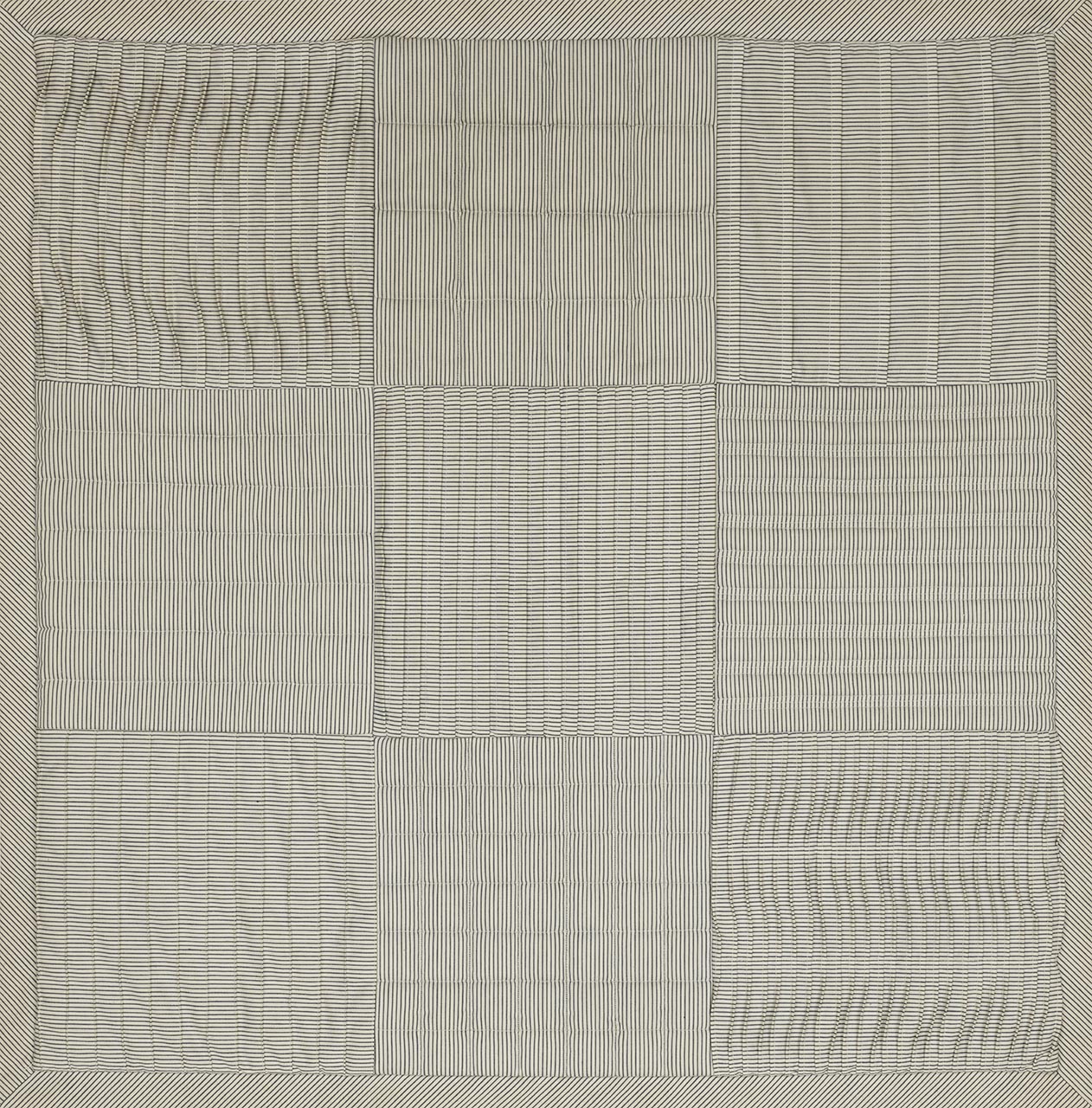
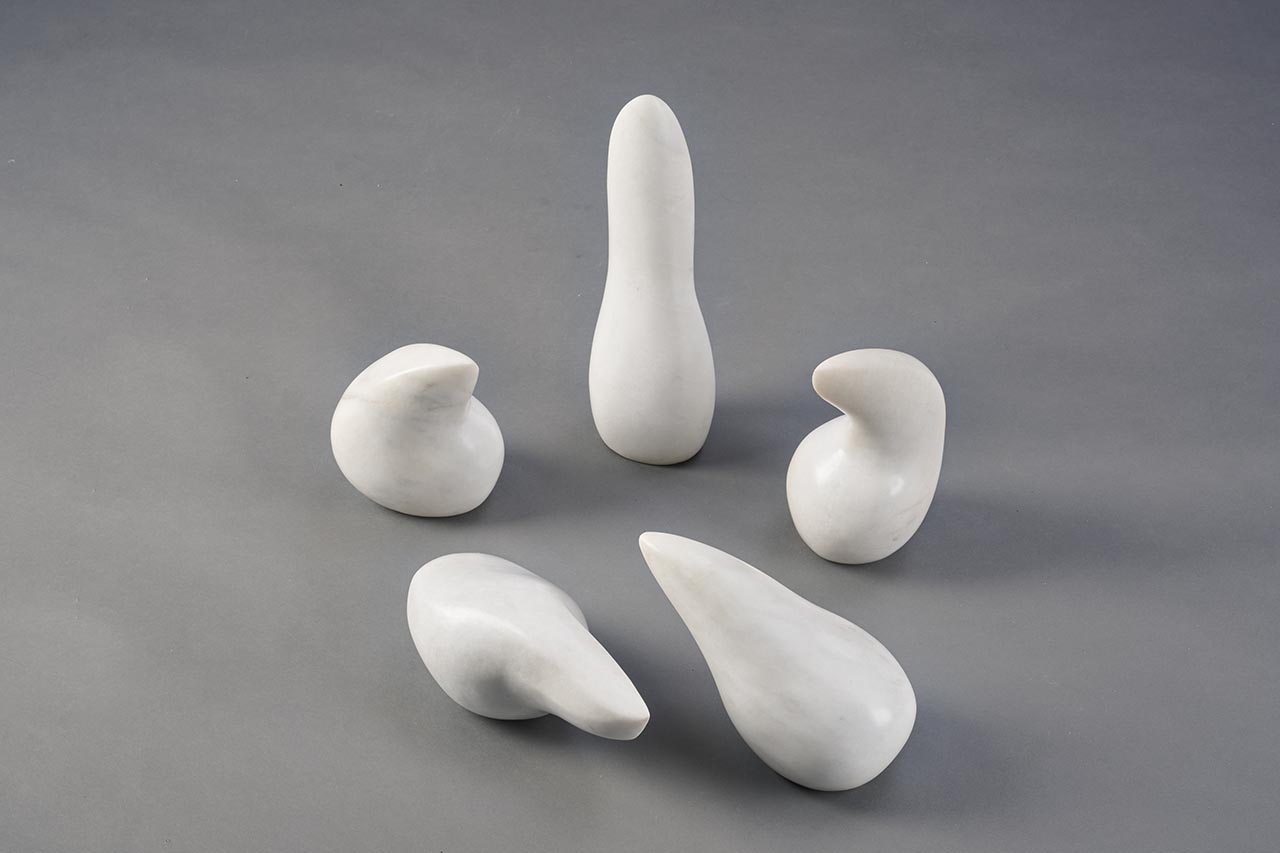
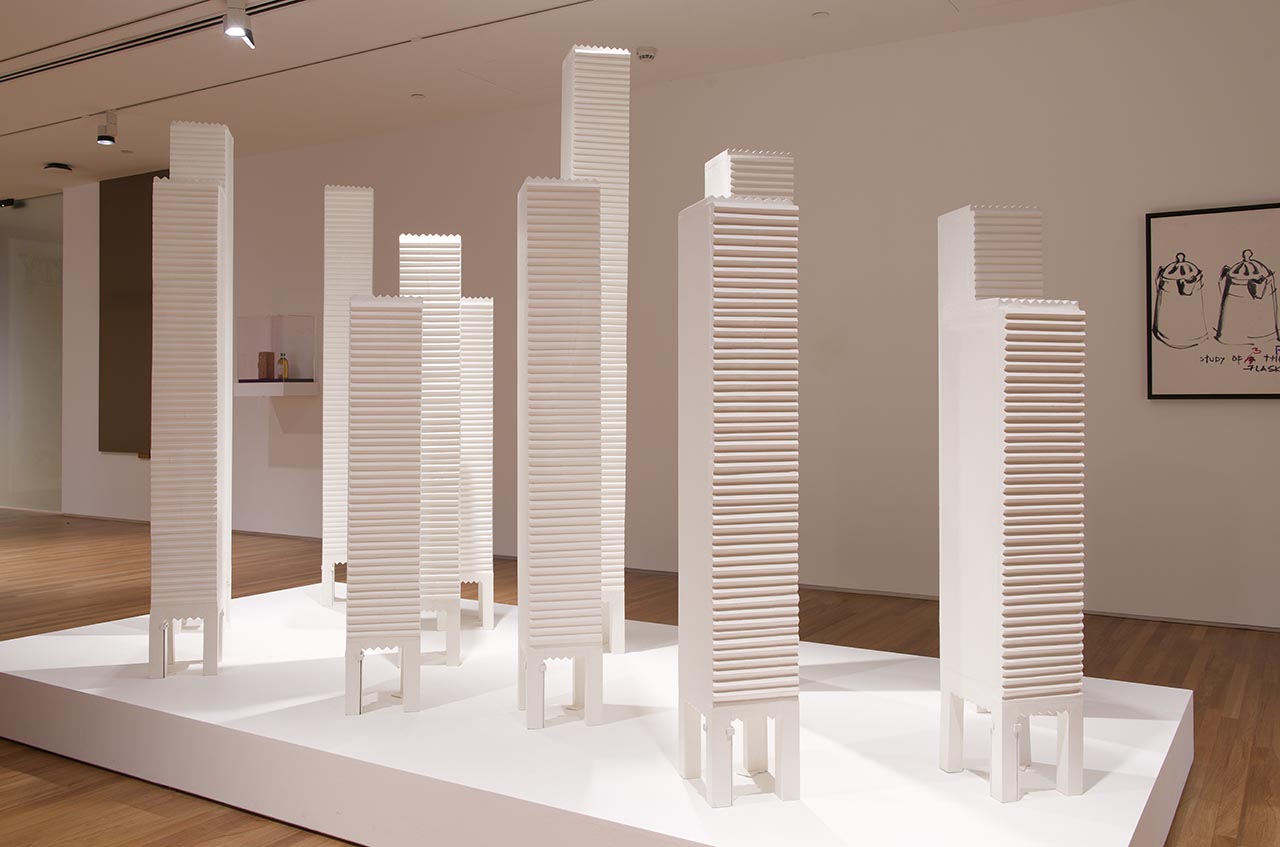
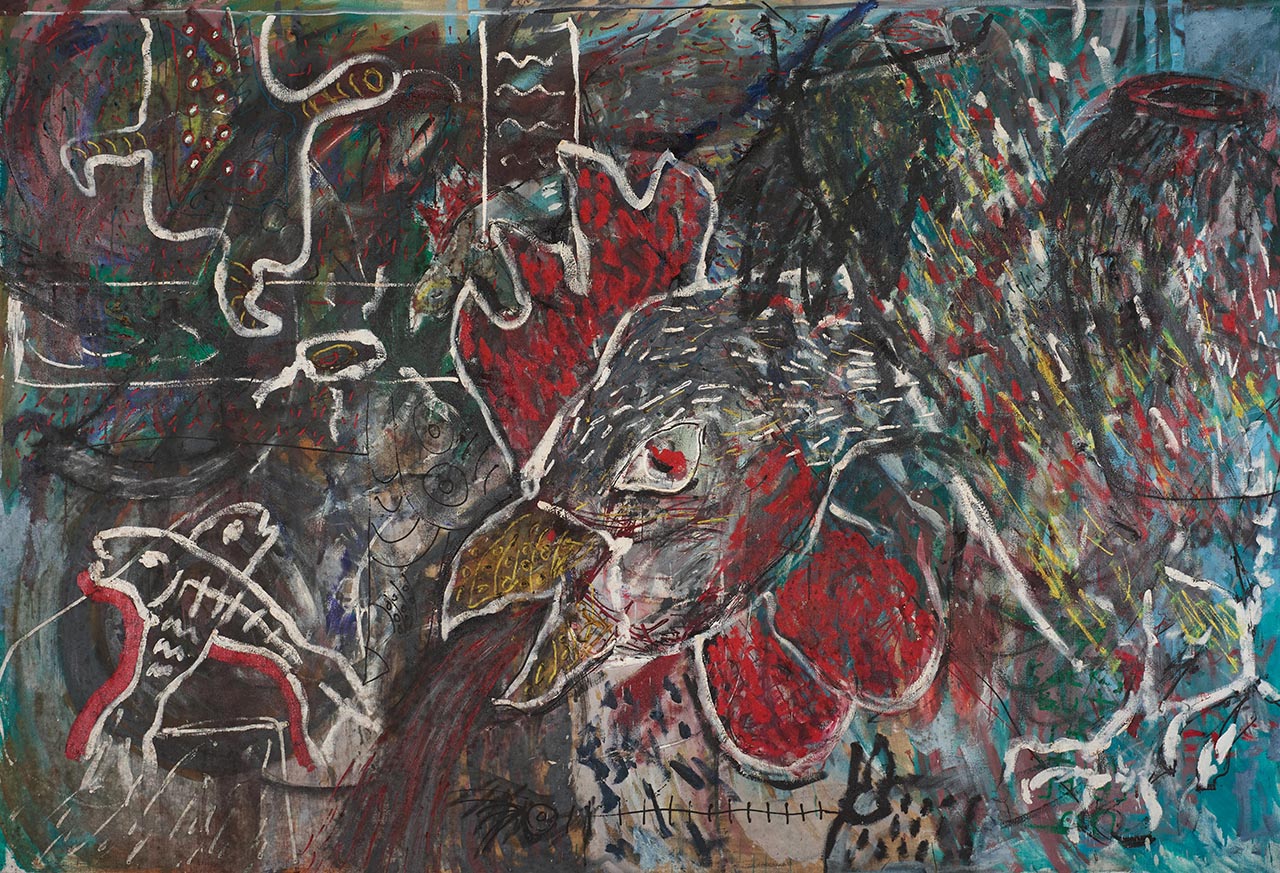
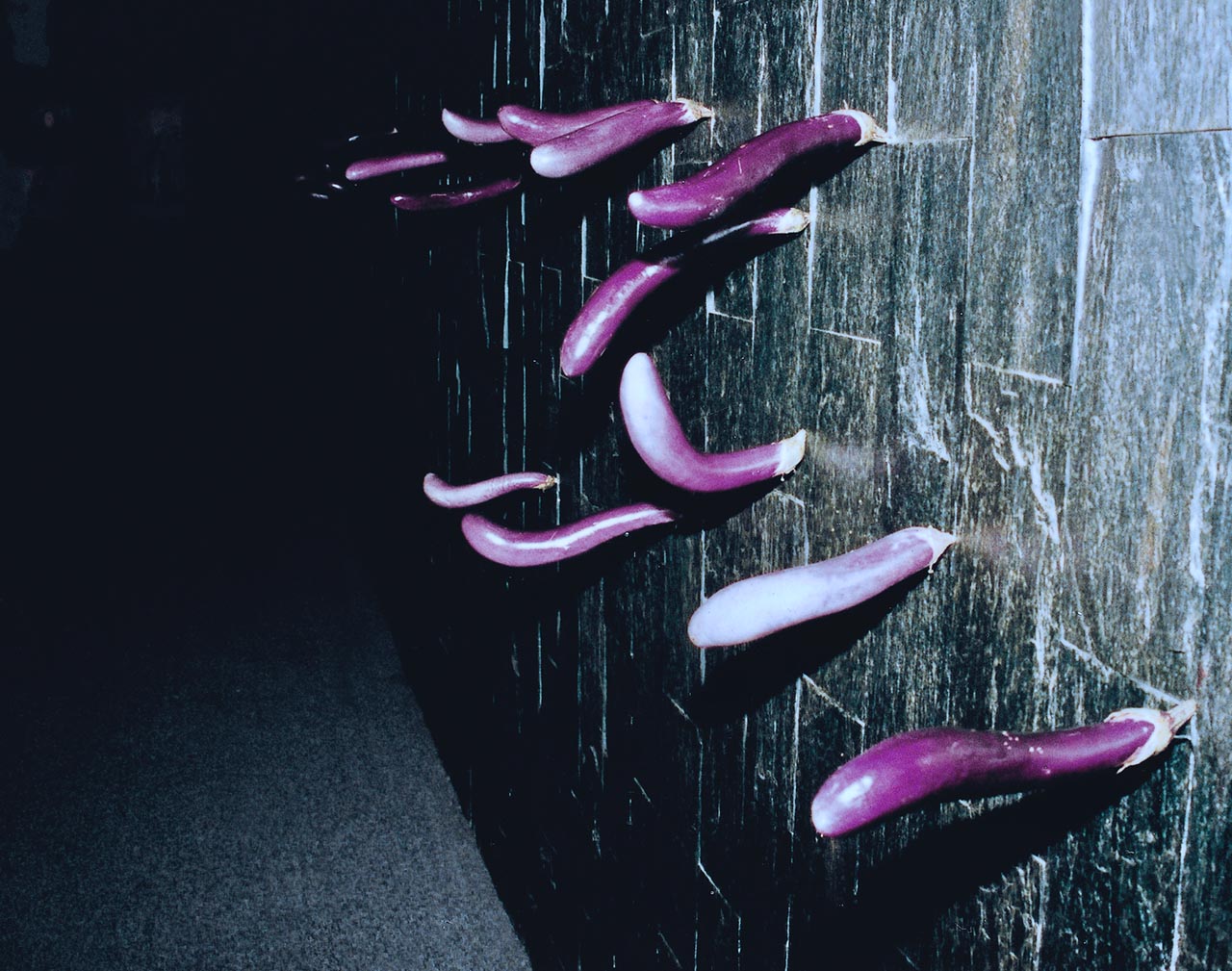
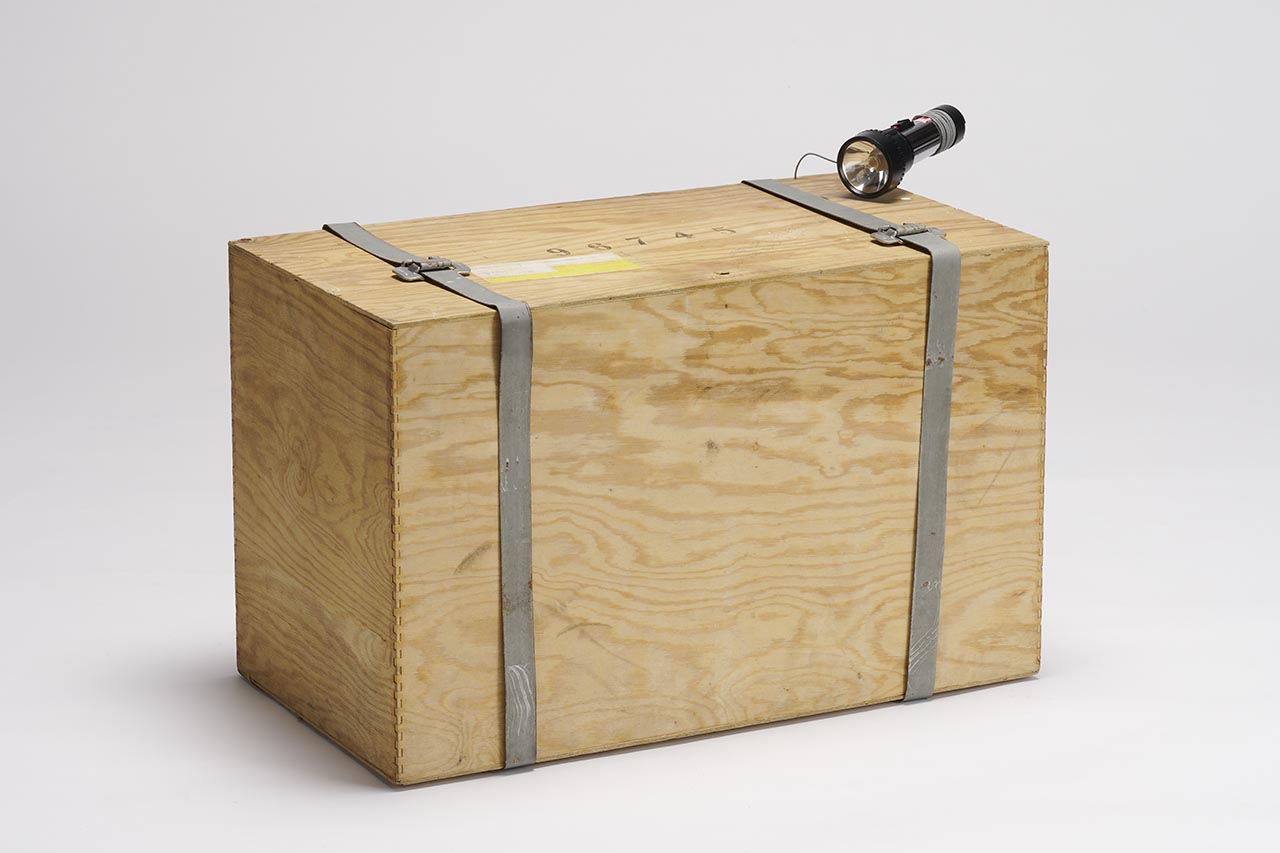
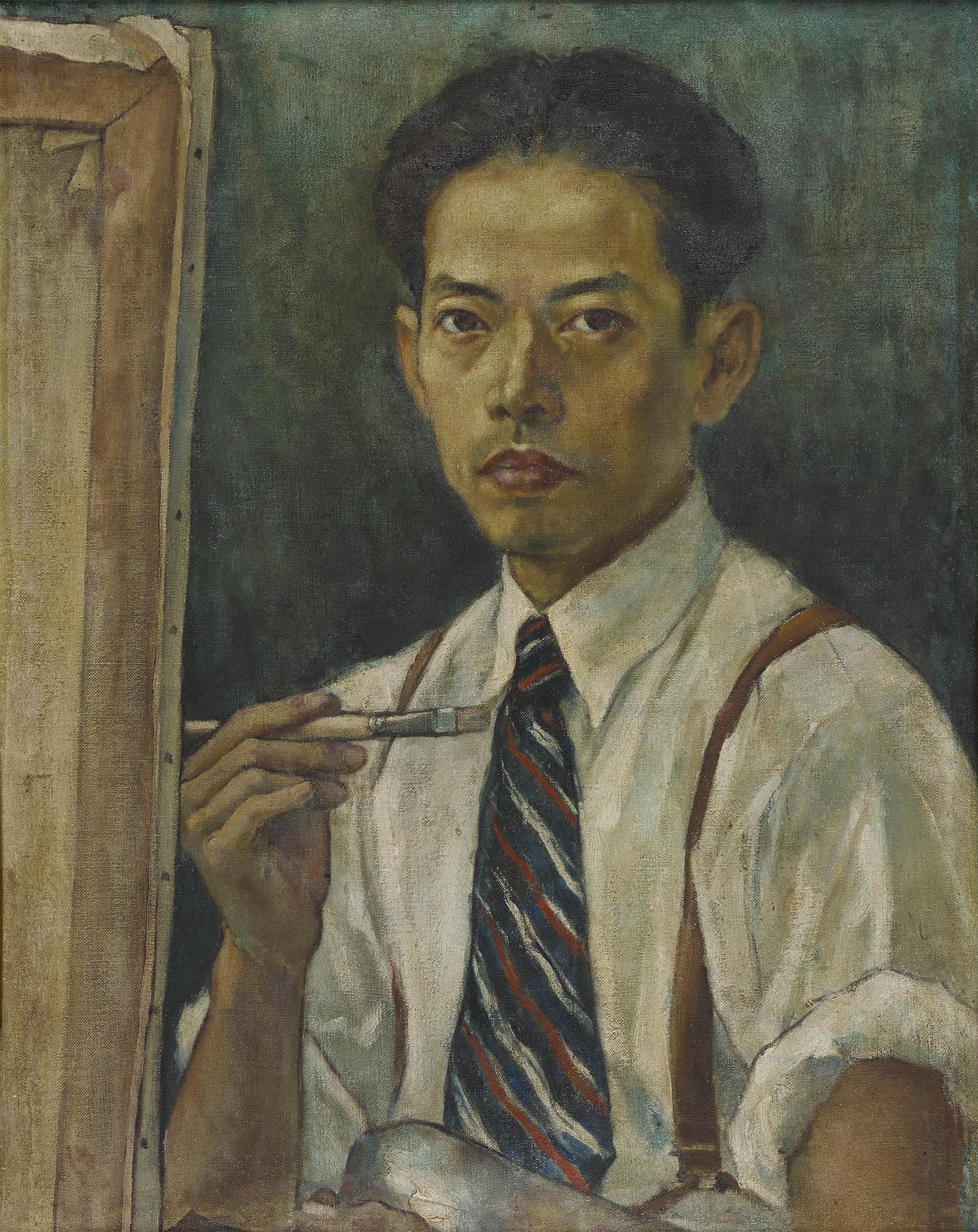
![<span style="font-style: normal;">倡言和平的人拼命把地球装满炸药 [Advocates for peace are eagerly trying to fill the earth with explosives] </span>](/content/dam/whats-on/exhibitions/singapore-stories-pathways-and-detours-in-art/Picture%201,%20Picture.png)
![<span style="font-style: normal;">[Not titled]</span> (Still Life)](/content/dam/whats-on/exhibitions/singapore-stories-pathways-and-detours-in-art/A%20bowl%20of%20fruit%20on%20a%20table%20AI-generated%20content%20may%20be%20incorrect_.png)
